Tags:
Summary:
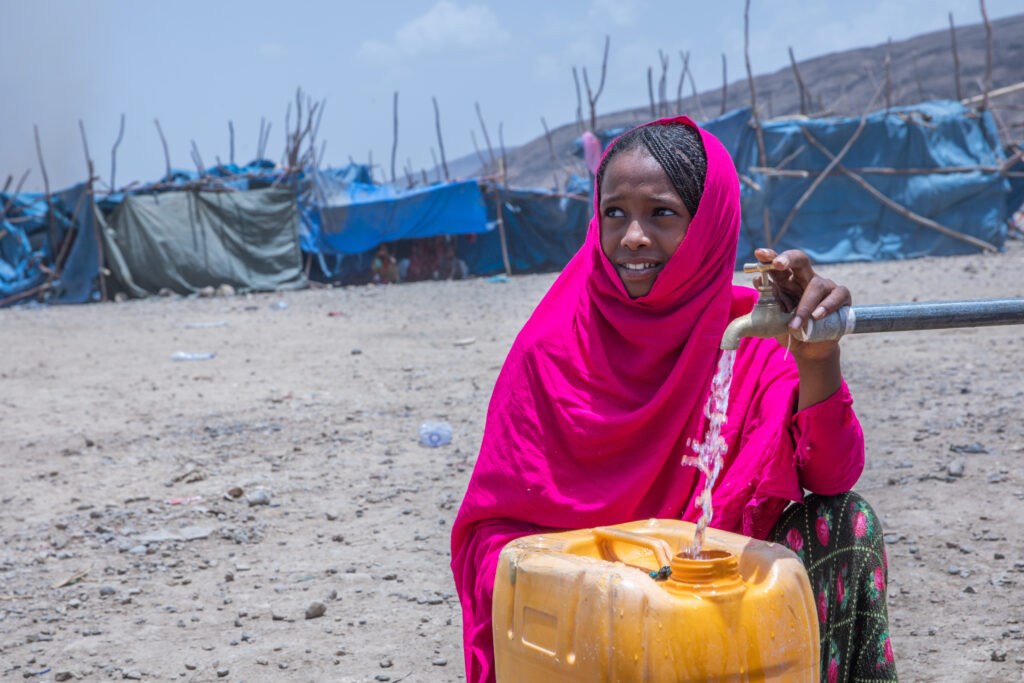
When a country is hit by a sudden disaster – an earthquake, a tsunami or floods – the impact is immediate, the crisis makes headlines and aid often follows. But when a country is hit by a slow-moving disaster, such as a drought, the crisis unfolds in slow motion: crops fail, livestock die, people sell their assets and leave their homes, women and girls risk their safety as they walk further to find water, and children are pulled from school. This has been Ethiopia’s experience, time and time again.
Between October 2020 and June 2022, Ethiopia experienced five consecutive below-average rainy seasons, with the 2022 March-May season being the driest in 70 years. The drought’s prolonged nature ultimately affected an estimated 17 million people of a total population of 123 million.
But this time there was a glimmer of hope. The humanitarian community acted earlier thanks to the UN Office for the Coordination of Humanitarian Affairs (OCHA) piloting an anticipatory action framework for drought.
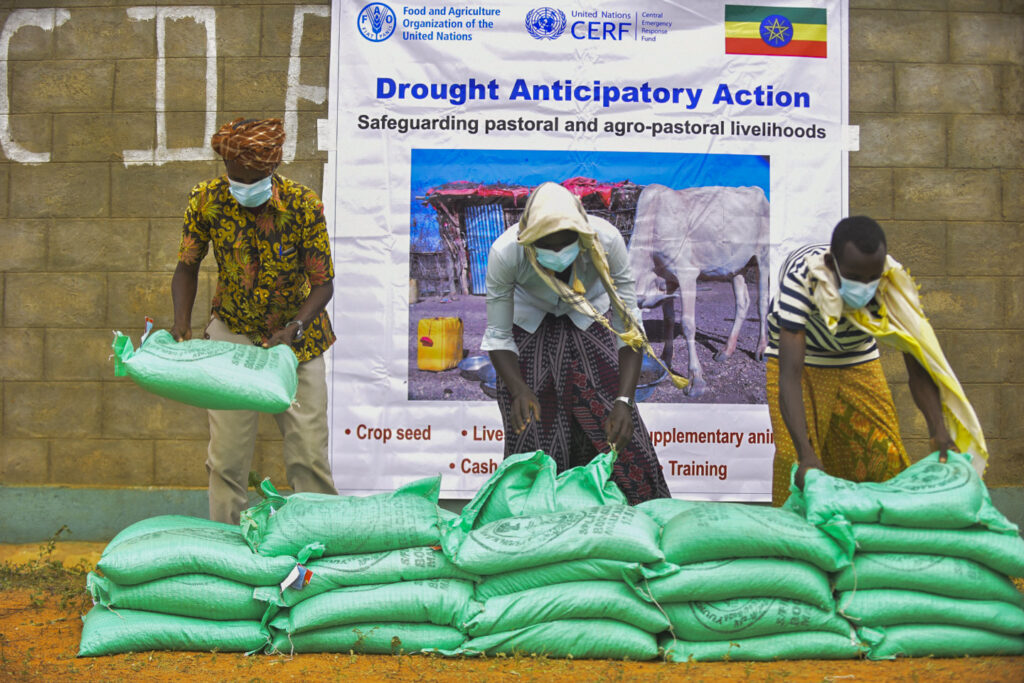
Challenge:
Ethiopia is highly vulnerable to severe seasonal droughts; it has experienced them every decade since 1953. They are compounded by conflict, locust invasions, high food prices and localized flooding, meaning communities in Ethiopia continuously receive humanitarian aid.
Positively, advances in weather-and-climate forecasting means there is now more opportunity to limit the humanitarian impact of droughts. However, despite early warning information, the humanitarian community has repeatedly struggled to act due to a lack of resources and competing global priorities.
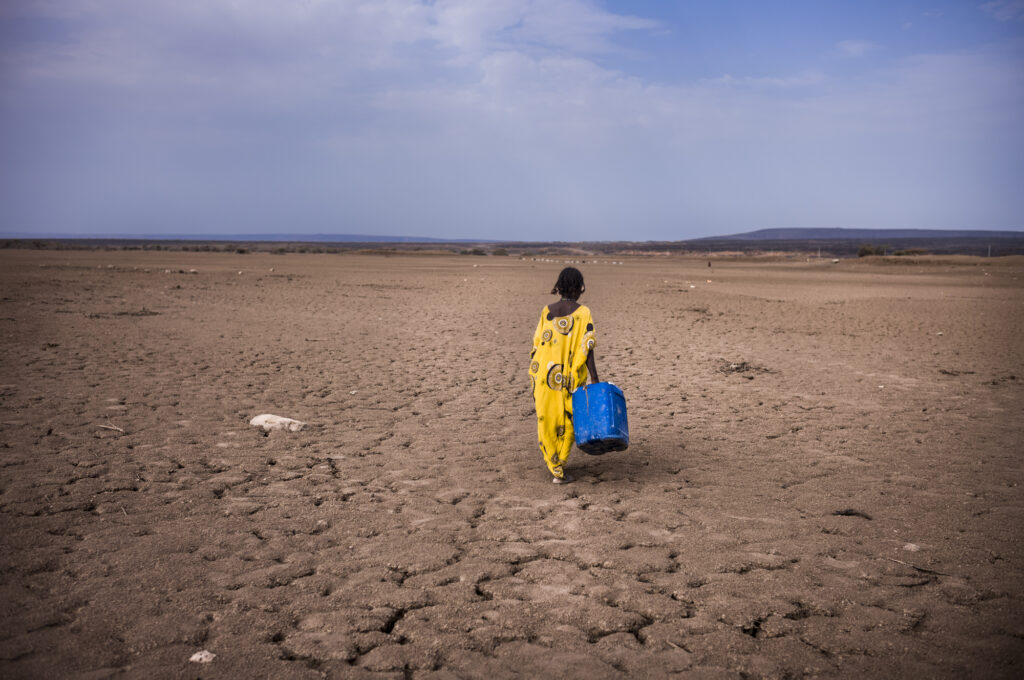
Outcome:
In 2020, OCHA piloted an anticipatory action framework in Ethiopia to see how the humanitarian community could get ahead of drought and reduce its impact on vulnerable communities.
Anticipatory action frameworks use a model or forecast to trigger pre-arranged funding for pre-agreed activities. In essence, a framework pre-determines exactly when funding will be released and who will take what action once a threshold is reached.
OCHA’s Centre for Humanitarian Data (the Centre) supported Ethiopia’s humanitarian community to develop a trigger for drought as the basis for the framework. The trigger would be activated if climate forecasts and seasonal risk analysis suggested below-average rainfall during the coming rainy season, and if food security conditions were expected to deteriorate based on projections from the Integrated Food Security Phase Classification. If the trigger was activated, the UN Central Emergency Response Fund (CERF) would provide $20 million to humanitarian partners for a set of predetermined actions.
By late November 2020, four regions in Ethiopia met the food insecurity criteria for the trigger of the anticipatory action framework. Almost 13 million people were projected to experience crisis or emergency levels of food insecurity within six months (by June 2021). Not all seasonal climate forecasts met the trigger threshold – some were more certain in predicting a below-average season than others. However, the forecasts’ uncertainty did not stop a no-regrets approach.
To manage the risk of providing funding and a drought not occurring, CERF decided for the first time to split the allocation in two stages. In December 2020, it allocated $13 million to fund activities that required a longer lead time and must happen early, such as preparing land and planting drought-resistant crops. It then released a second allocation of $7 million in February 2021, once the likelihood of below-average rains was confirmed. The funds were used by humanitarian partners to reduce the drought’s impact on more than 900,000 people.
According to a satisfaction survey carried out by 60_decibels, three out of five recipients of assistance reported an improved ability to afford food, livelihood inputs and household bills.
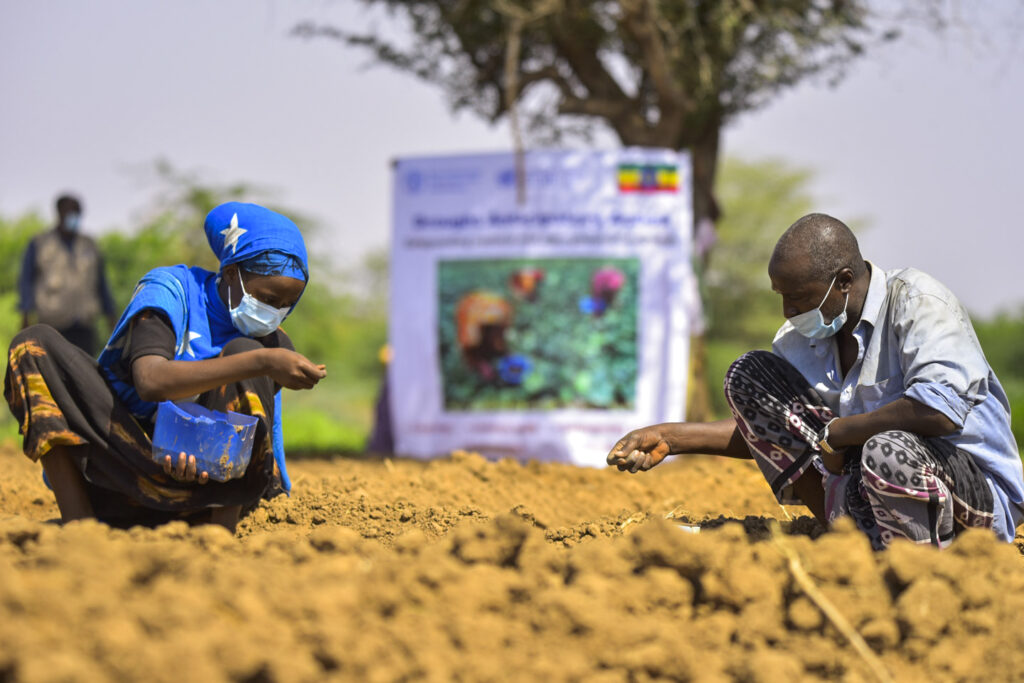
Tens of thousands of households received short-cycle/drought-tolerant seeds, livestock packages, and unconditional cash. By utilizing existing community-based structures almost 250,000 community members learned about drought-related protection risks. More than 80,000 people were able to access safe drinking water through the early rehabilitation of boreholes and non-functioning water schemes and water piping, including in health facilities and schools.
As one Food and Agriculture Organization (FAO) anticipatory action recipient noted: “My family benefited from the assistance, as we used the money to buy food items. In addition, we spent the money to take care of our children, and the animal feed support was also helpful for our livestock, as there was inadequate pasture.”
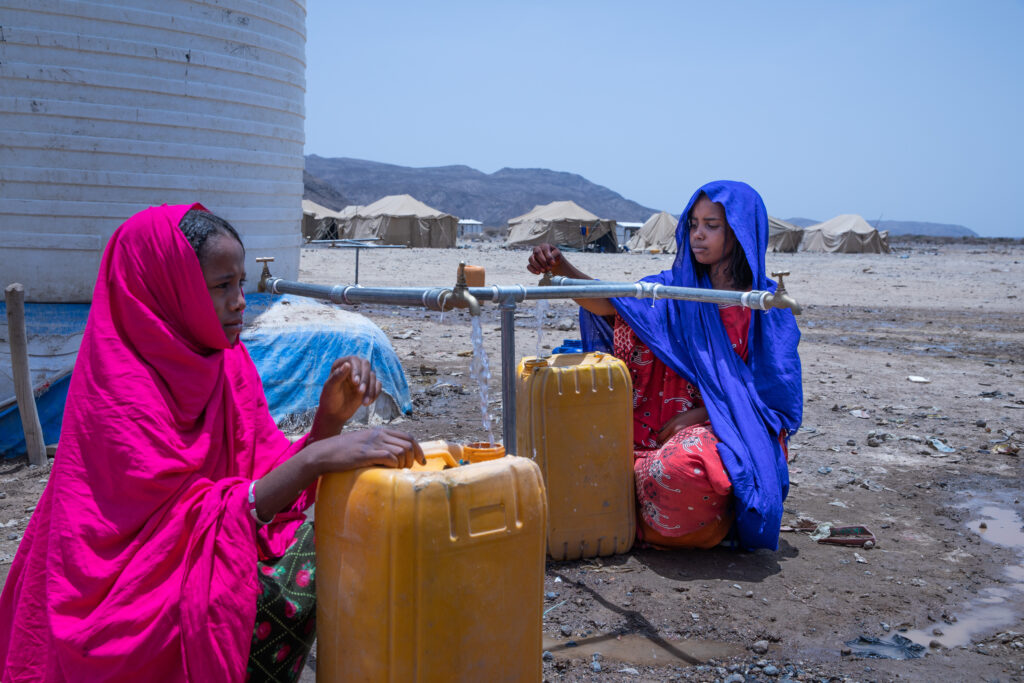
Conclusion:
In a world where humanitarian crises compete for political attention and resources, Ethiopia illustrates that anticipatory action frameworks make acting early the default.
Catherine Sozi, the former UN Resident and Humanitarian Coordinator for Ethiopia, explained: “In late 2020 and 2021, media headlines, political attention and resources were focused on the Tigray crisis in Ethiopia. No one was paying attention to failed rains in Ethiopia. The anticipatory action framework meant we could act when it would make a difference to communities. We didn’t need to wait for people to suffer and the drought to make the headlines.”
The experience in Ethiopia has helped to improve anticipatory action triggers for droughts in other countries. Ethiopia shows that food security assessments are crucial to determine the population’s vulnerability and where to prioritize aid. However, the assessments require some improvements to serve as a trigger for anticipatory action.
Willem Muhren, Head of OCHA’s Information Management Unit in Ethiopia, said: “Food security assessments are published after the rainy season so they can estimate what will happen with the food security situation. This is too late, for example, if we want to plant drought-resistant seeds. We need to get ahead of the shock, not just respond earlier.”

Since the pilot in Ethiopia, the Centre has been focusing on climate indicators for drought-related anticipatory action frameworks in Burkina Faso, the Central American Dry Corridor, Chad and Niger.
The pilot also provided valuable lessons in how to improve anticipatory action’s impact in the context of protracted, overlapping and underfunded crises. Importantly, it proved that anticipatory action works, generating momentum in the humanitarian community to get ahead of climate shocks. OCHA will update and renew Ethiopia’s anticipatory action framework for drought in 2024, with CERF pre-committing $15 million.
Learn more about anticipatory action in Ethiopia and lessons learned from the pilot: Acting Early When the World Isn’t Watching: Lessons from Anticipatory Action in Ethiopia in 2021.
Find more information on OCHA’s anticipatory action efforts and the Centre’s Data Science workstream.
